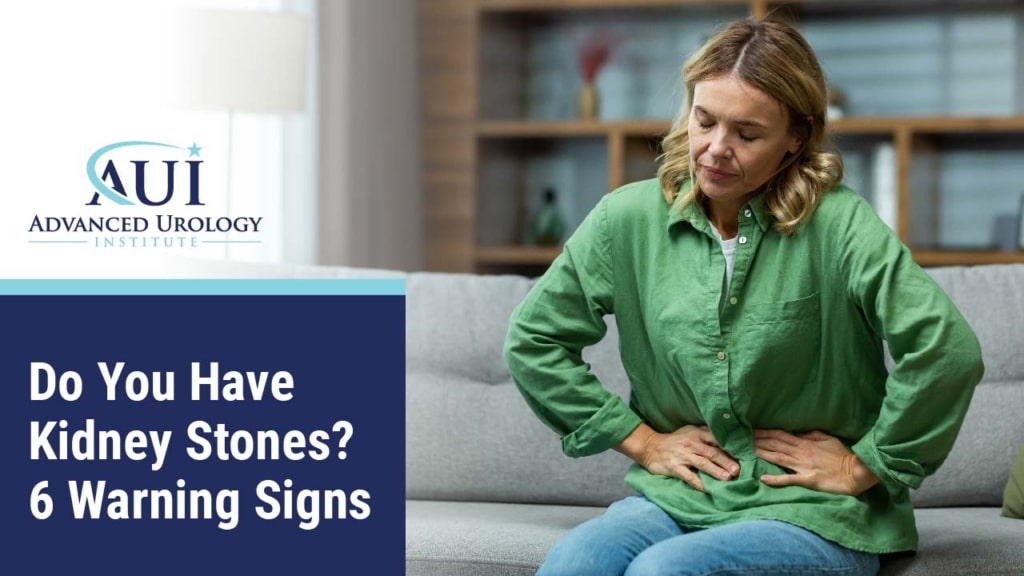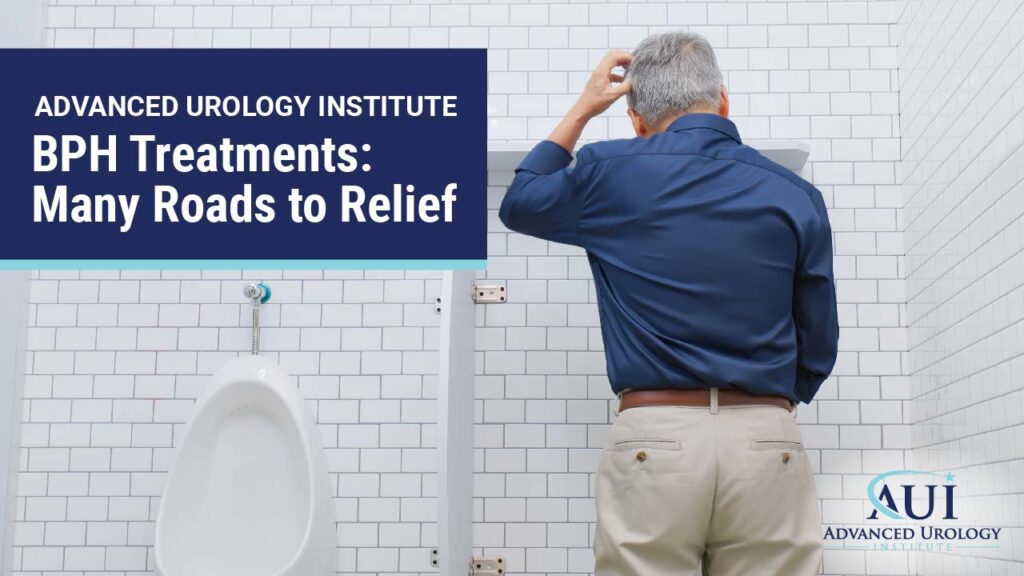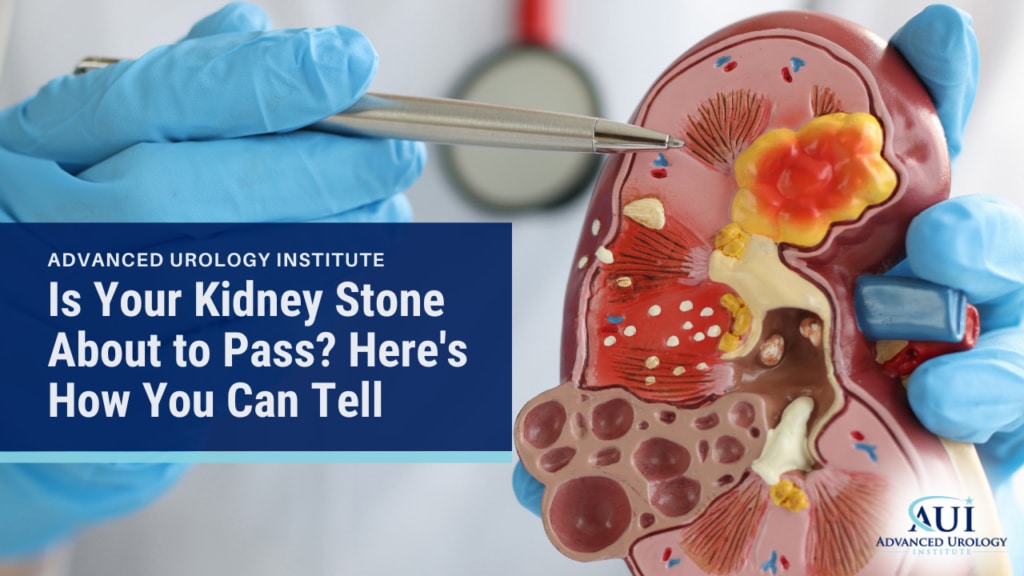Urge incontinence is not an inescapable consequence of aging. In fact, a huge majority of women with the condition have been effectively treated or helped. The trick is simply not staying at home and giving up, but visiting a urologist as soon as possible for help.
Factors that affect the treatment decision
Effective treatment of urge incontinence in women depends on the kind of incontinence, personal preferences, underlying causes and severity of the symptoms. Where the condition has more than one underlying cause, the most serious cause will be dealt with first. Likewise, your urologist most likely will opt for the least invasive treatments first before moving on to invasive ones.
Treatments for urge incontinence include:
1. Behavioral techniques
These treatments include making certain lifestyle changes to improve bladder control. They include:
- (a) Bladder training: Entails delaying urination once the urge to pass urine comes. You can begin by holding off urine for as short as 10 minutes and then extending the holding time to hours. The goal of holding off urine each time the urge comes is to lengthen the duration between your trips to the toilet by up to 2.5 hours to 3.5 hours.
- (b) Double voiding: Means that you urinate and then wait for only a short duration (a few minutes) then try again to pass urine. The goal of double voiding is to achieve complete emptying of the bladder to avoid overflow incontinence.
- (c ) Scheduled toilet visits: Planning your toilet trips so that you urinate every 2-4 hours instead of waiting for the urge to come, will help you improve bladder control.
- (d) Diet and fluid management: To improve your bladder control, you may have to cut back or avoid acidic foods, alcohol and caffeinated drinks. By increasing physical activity, reducing liquid consumption or losing weight you can ease urge
incontinence.
2. Pelvic floor exercises
Also called Kegel exercises, pelvic floor exercises can strengthen the muscles responsible for bladder control and urination. To help you learn and perform these exercises, your doctor may recommend that you work with a physical therapist or to try using biofeedback techniques.
3. Electrical stimulation
The urologist may choose to insert electrodes into the vagina to strengthen and stimulate your pelvic floor muscles. With gentle stimulation, urge incontinence may resolve. However, you may need several treatments over many months to be successfully treated.
4. Medications
There are several common medications that are effective in treating urge incontinence. They include:
- (a) Anticholinergics: Include solifenacin (Vesicare), trospium (Sanctura), tolterodine (Detrol), fesoterodine (Toviaz), oxybutynin (Ditropan XL) and darifenacin (Enablex).
- (b) Alpha blockers: These drugs relax bladder muscles and make bladder emptying easier. They include alfuzosin (Uroxatral), doxazosin (Cardura), silodosin (Rapaflo) and tamsulosin (Flomax).
- (c) Topical estrogen: Application of a low dose of a topical estrogen, such as a vaginal patch, cream or ring can rejuvenate and tone the tissues of the vagina and urethra, helping treat urge incontinence.
- (d) Mirabegron (Myrbetriq): This drug relaxes the muscles of the bladder, increases the quantity of urine that the bladder can hold and increases the amount of urine that can be passed at any one time. As a result, it helps to empty the bladder more completely and treats urge incontinence.
5. Medical devices and interventions
Devices such as urethral inserts and pessaries can help to treat or relieve urge incontinence. Interventional therapies such as using a sacral nerve stimulator,bulking material injections, botulinum toxin (Botox) injections and nerve stimulators also can be used to treat urge incontinence.
6. Surgery
The doctor or urologist also may use surgery to correct the underlying cause of urge incontinence. Common surgical procedures include bladder neck suspension, prolapse surgery, artificial urinary sphincter and the sling surgery procedure.
7. Catheters and absorbent pads
If the urologist finds that no medical treatment can completely eliminate the incontinence, various products can be recommended to help ease the problem, minimize discomfort and reduce the inconvenience caused by urine leakage. The most commonly used products are catheters, absorbent pads and absorbent garments.
Urge incontinence is a treatable condition. As a woman, you should not continue living with this problem since there are solutions to help you. At Advanced Urology Institute,we have helped thousands of women with urge incontinence recover from it. Come see us so we can fix the problem. For more information,
visit the “Advanced Urology Institute” site.






